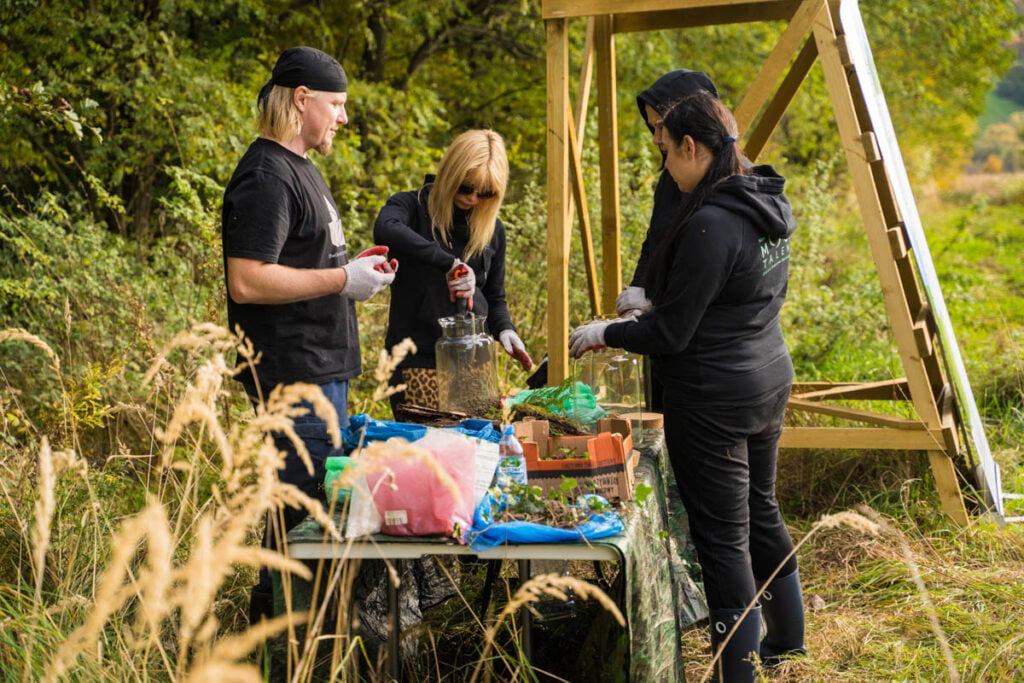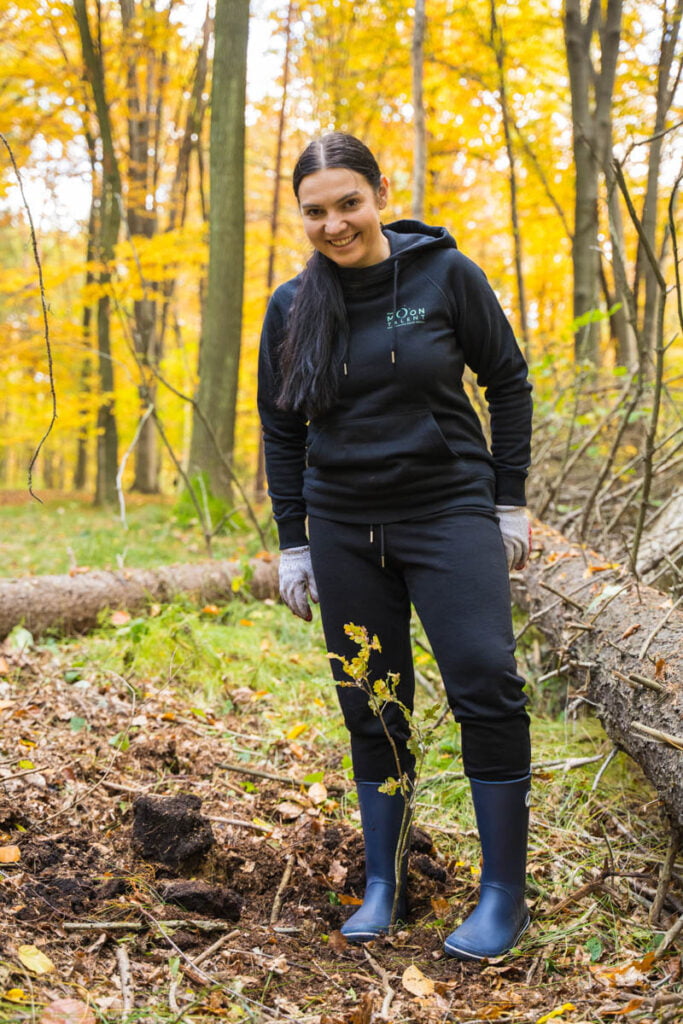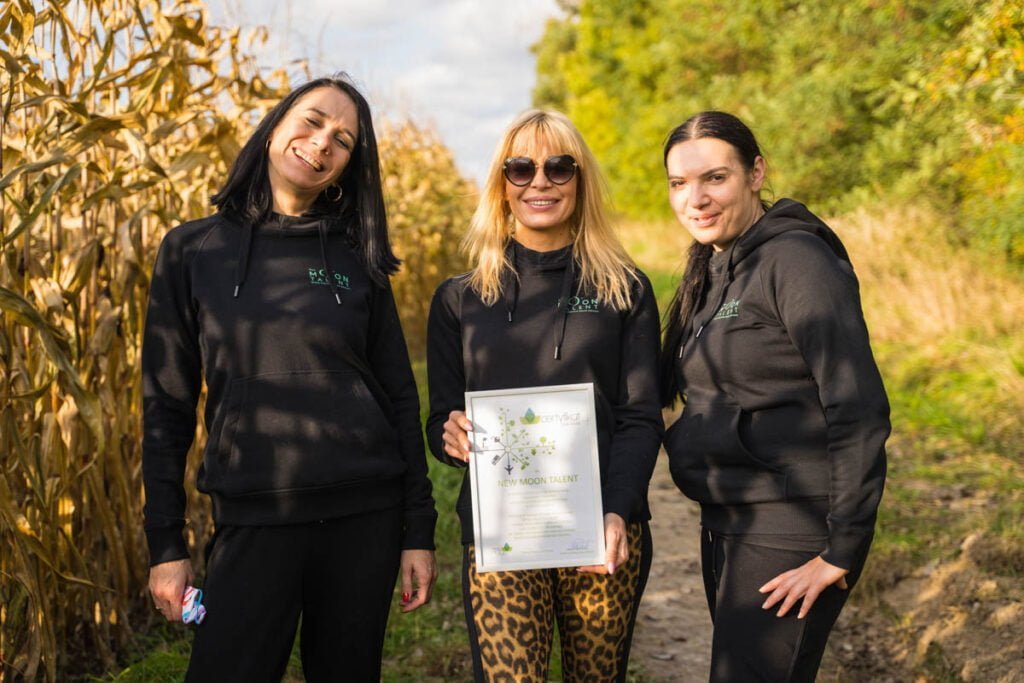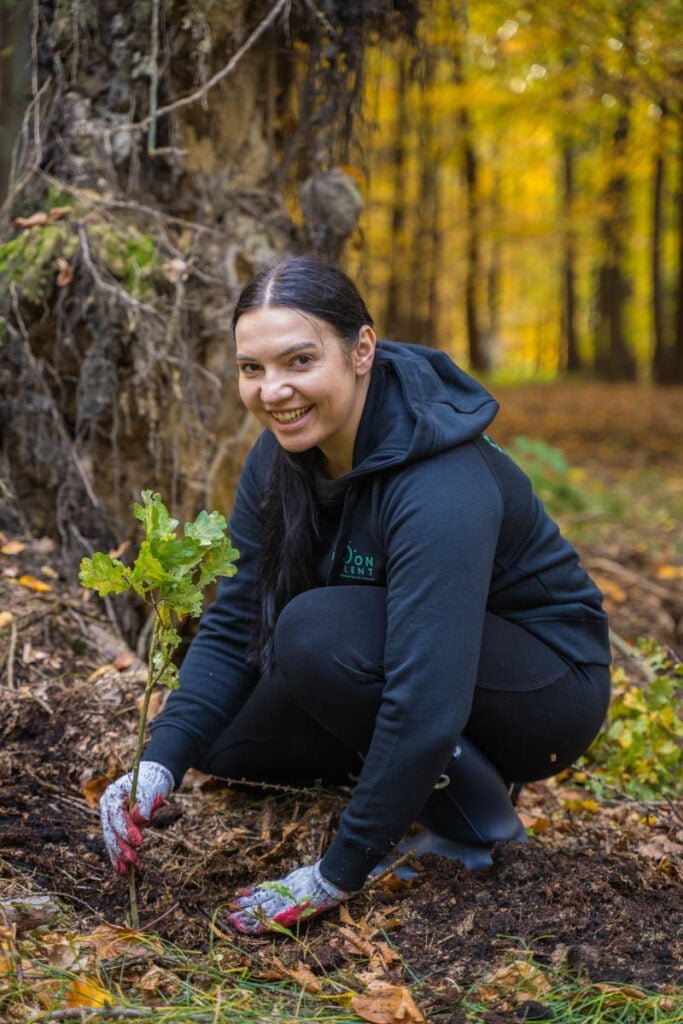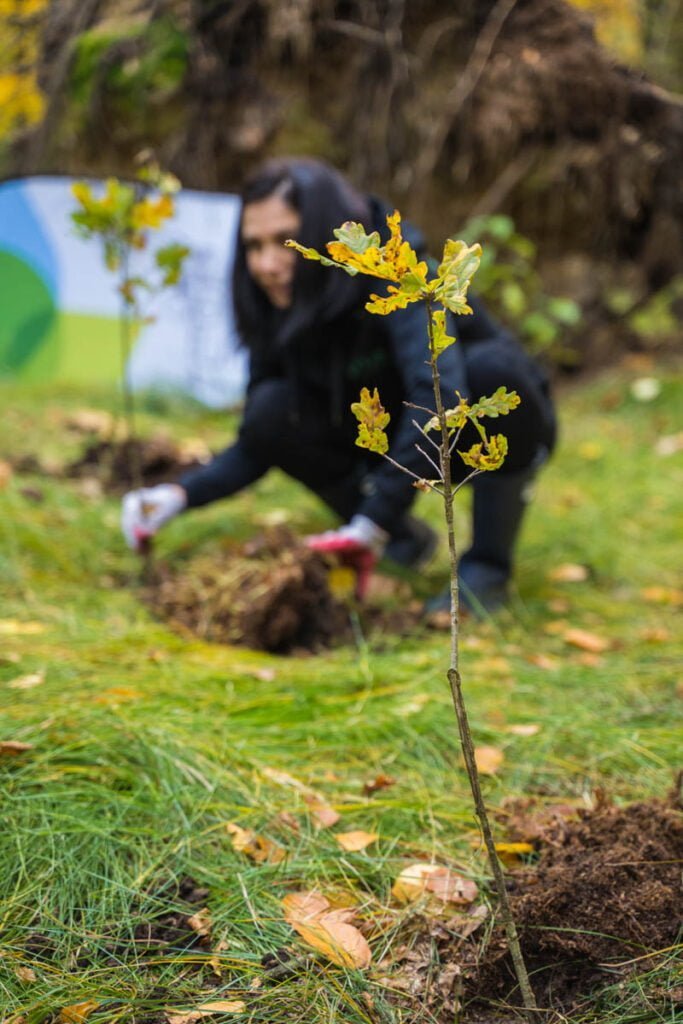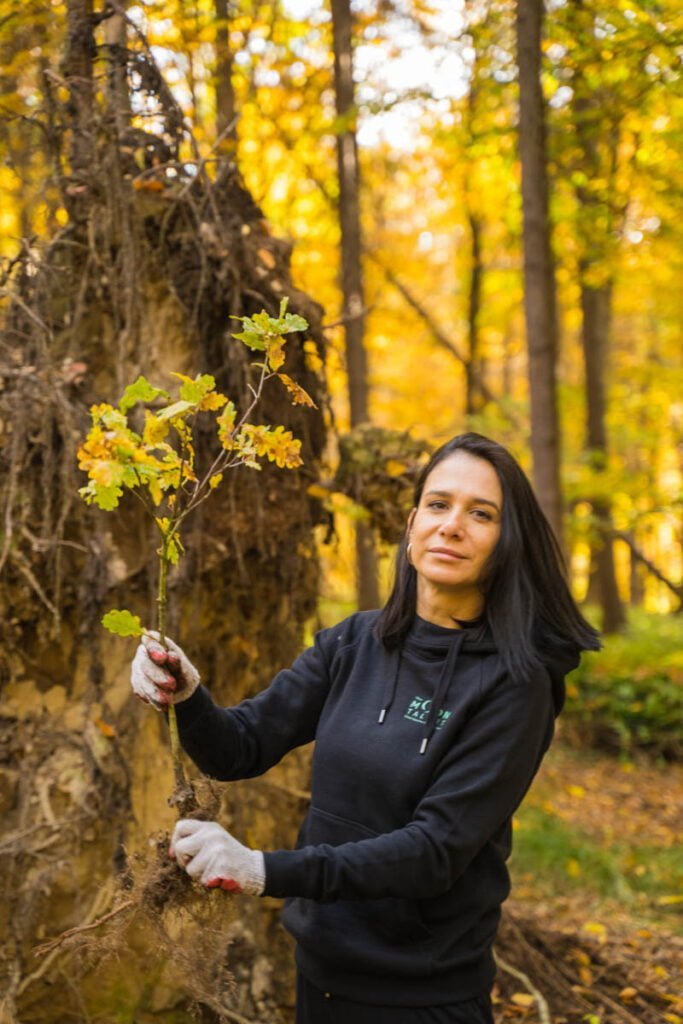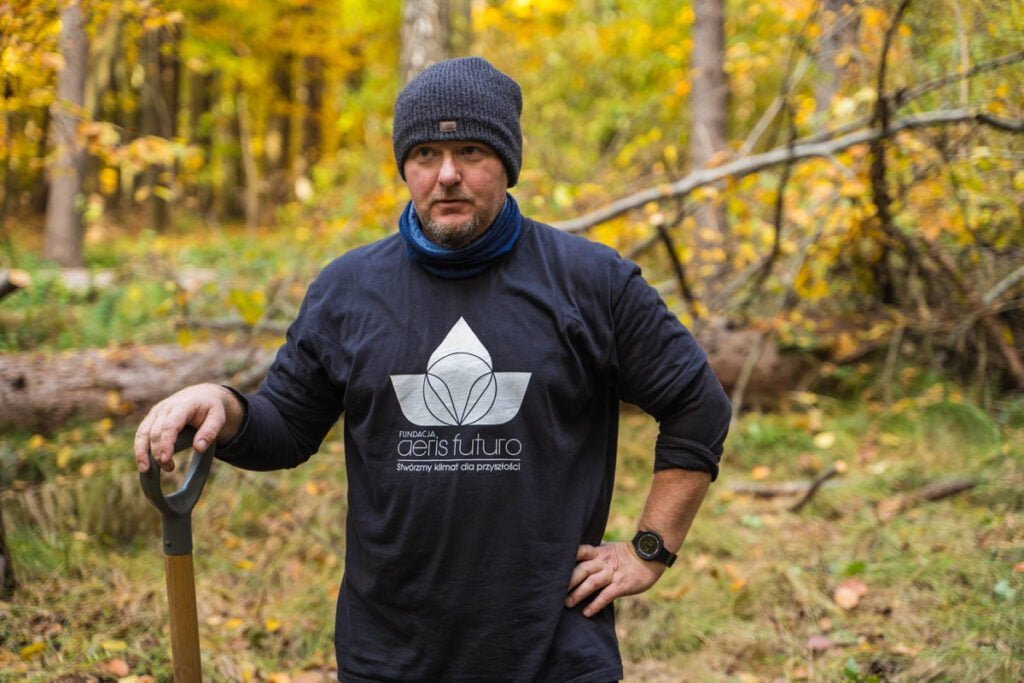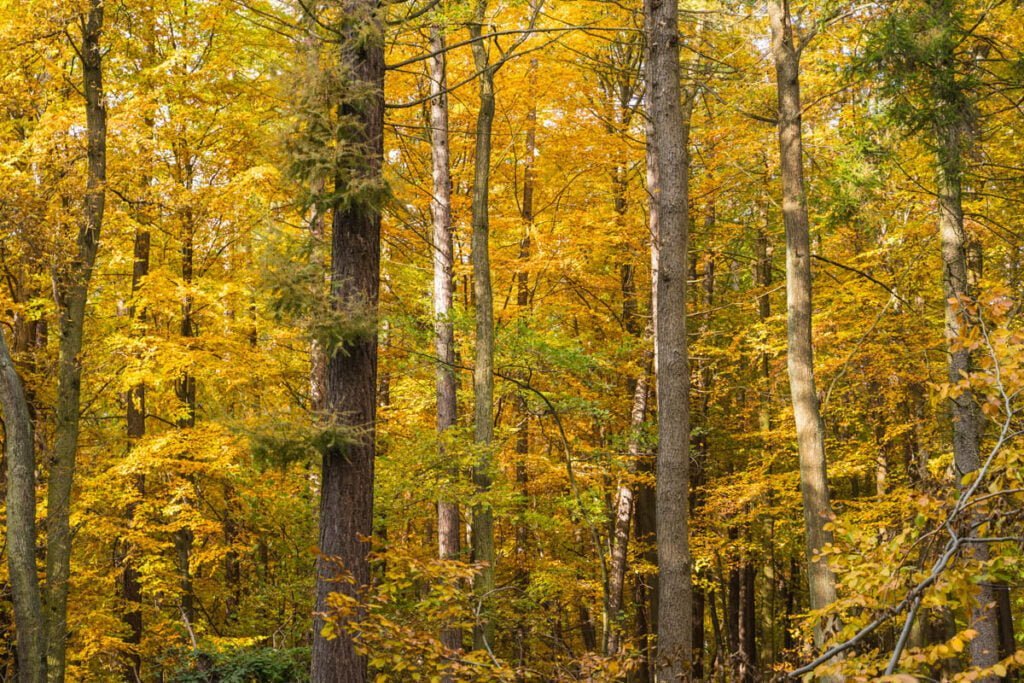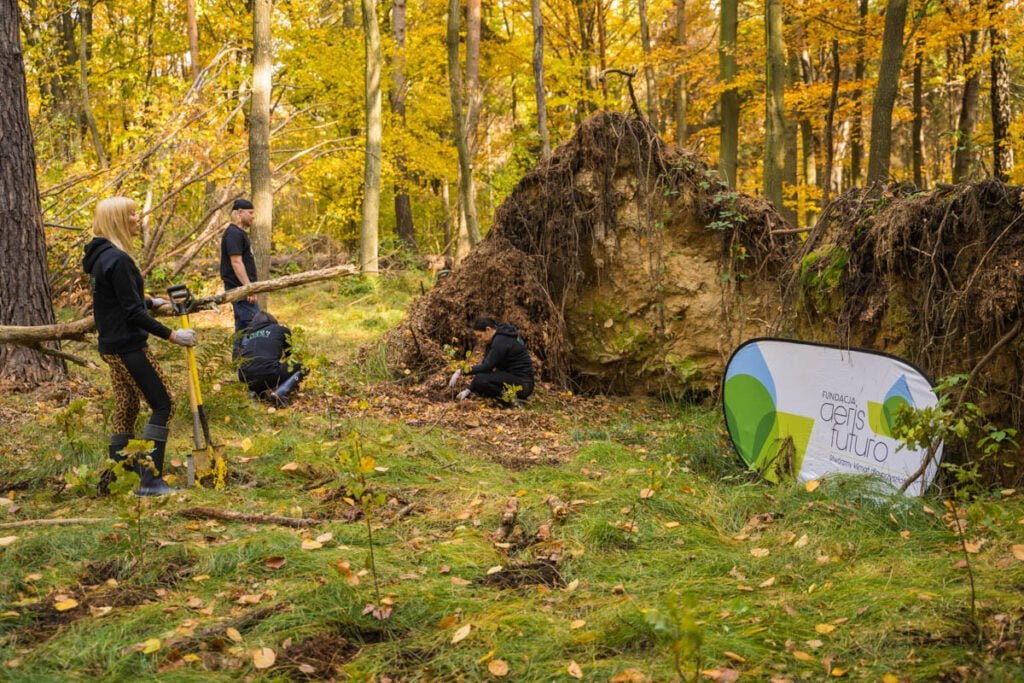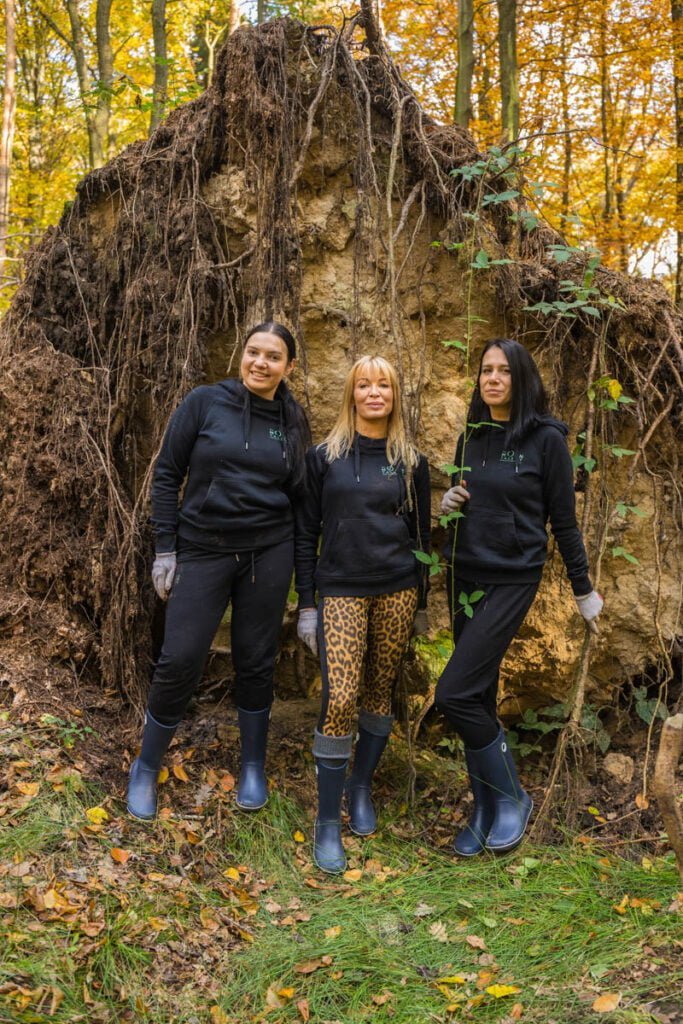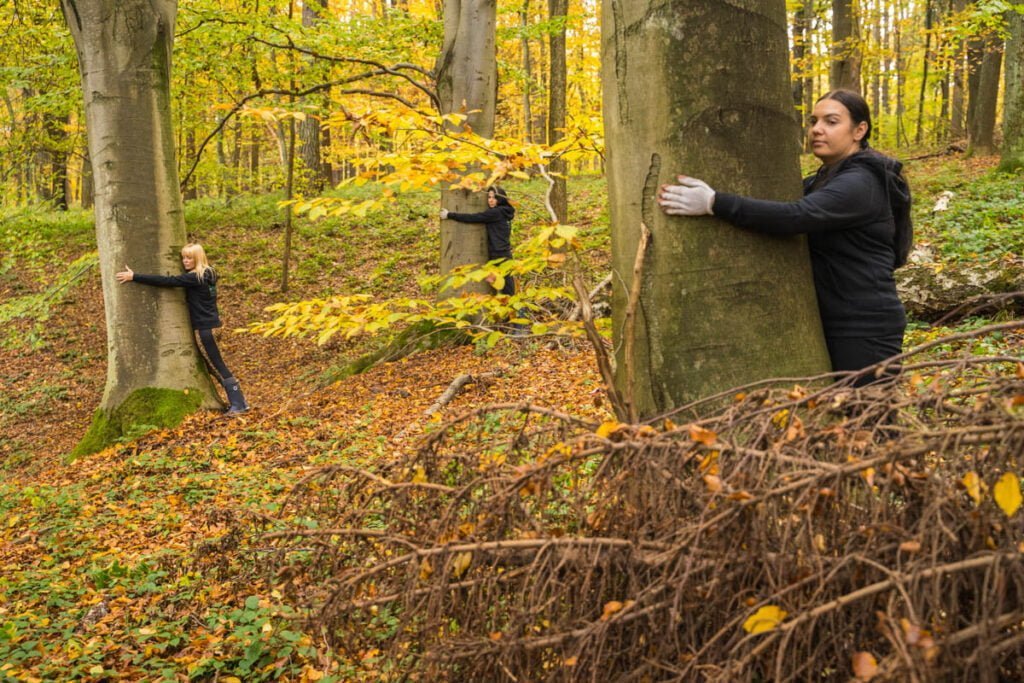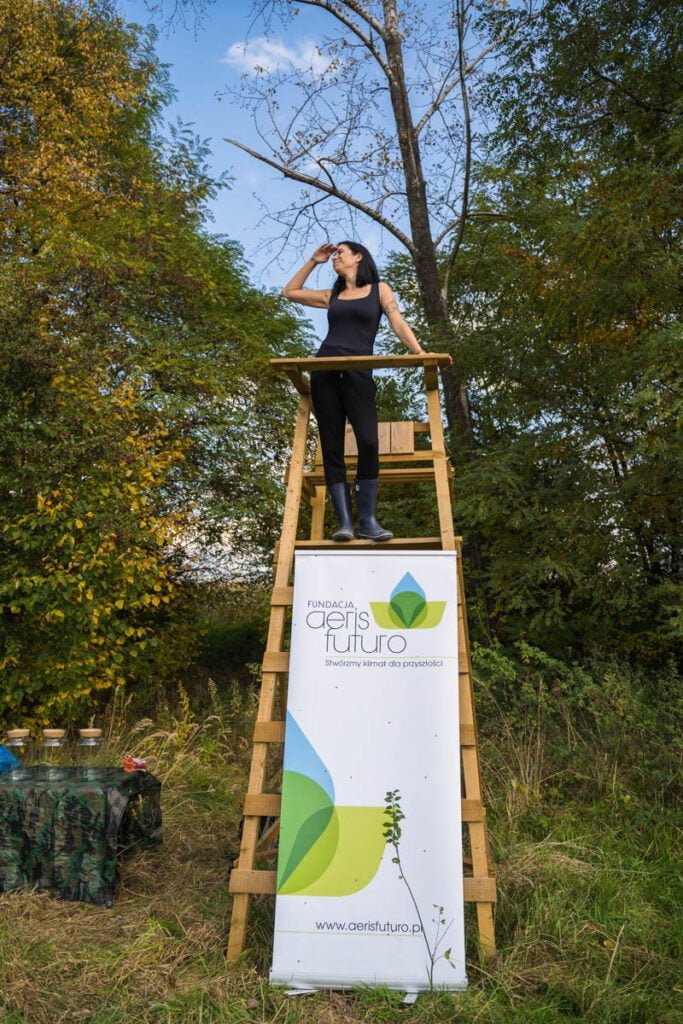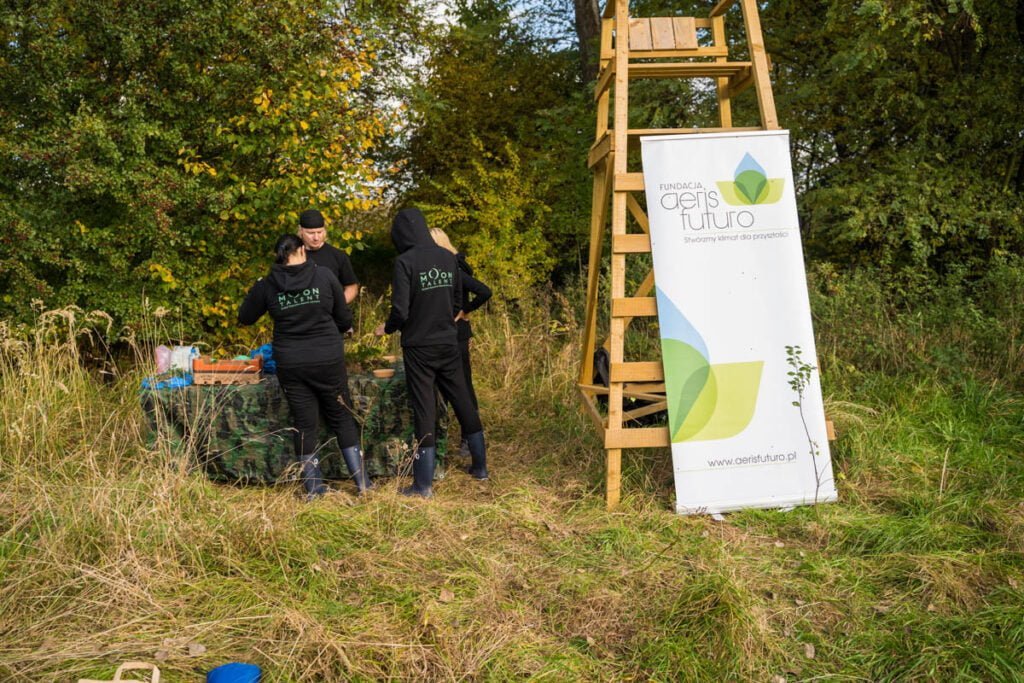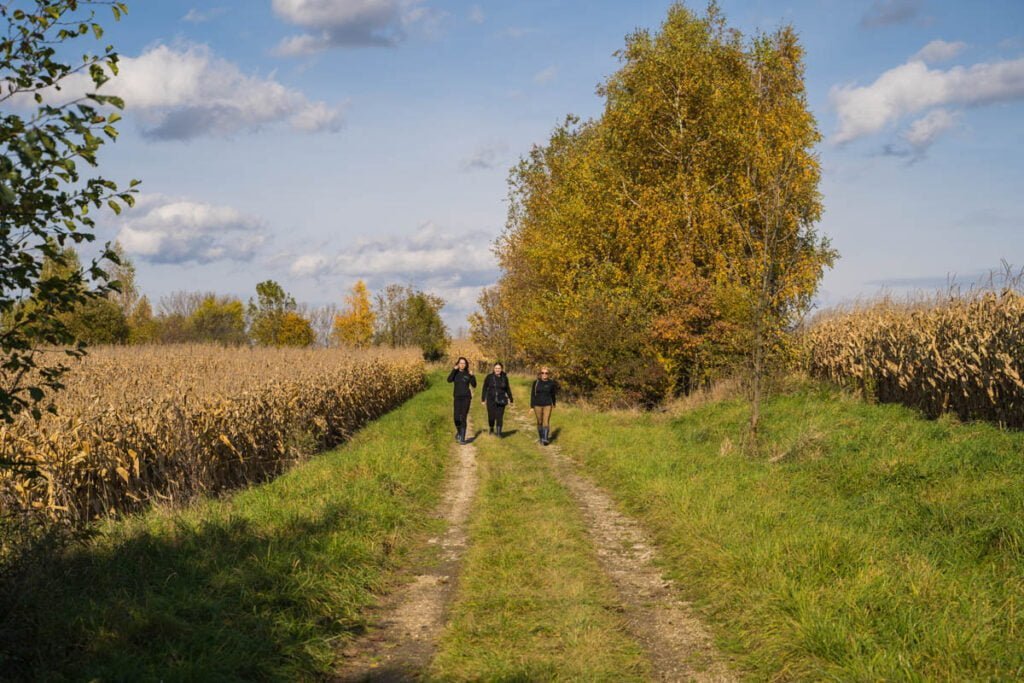We’re planting 500 trees with New Moon Talent
 We ended November with the planting of five hundred trees in an area belonging to the Jagiellonian University in Polanka Hallera. This was made possible thanks to the company New Moon Talent.
We ended November with the planting of five hundred trees in an area belonging to the Jagiellonian University in Polanka Hallera. This was made possible thanks to the company New Moon Talent.
The forest found in Polanka Hallera, in the area of which we planted trees, has the character of a protective forest, which means that the environmental services it provides outweigh its productive functions. Management of the timber resources is limited to intervention activities only, in order to limit damage caused by natural forces. Trees are removed when they are broken and threaten safety, or if they threaten other valuable components of the forest, the target tree species for that habitat. In a forest where large-scale logging does not occur, planting trees may seem controversial, raising the question of why to do it.
Why do we plant trees in the forest?
In the case of Polanka Hallera, the planting of trees in the forest area is a silvicultural procedure, in accordance with the adopted forest management plan, the purpose of which is to transform generations of trees in places where natural dieback will occur over time, and which are not species natural to the habitat.
The forest complex in Polanka Hallera has a diverse age and species structure. Fragments with correct species composition, varied in age, which do not need help to function properly are also accompanied by such places where there are species that do not fit the habitat, such as birch, pine, larch and spruce with abnormal spatial structure. These trees are more sensitive to environmental stress factors. By introducing species typical of the habitat in these areas, we are introducing the second floor of the forest, which in time will become the first floor, as part of the natural replacement of generations when the trees that do not fit the habitat die off.
Our planting is therefore a pre-emptive action. By intervening now, when the death of incompatible species occurs, a new floor of trees will already be in place. This time they will be species natural to the habitat. Taking such measures prevents the formation of extensive exposed spaces in the forest area. In addition, as part of silvicultural measures, the young generation of trees is planted within already existing gaps deprived of trees due to the forces of nature.
Planting trees in vast open areas, whether logging or former farmland, is a major stress for them. Young trees are exposed to extreme weather conditions: high temperature, rapid rainfall, frost, large fluctuations in soil moisture. In the forest, on the other hand, from the very beginning they benefit from a favorable microclimate, a proper soil structure rich in microbial life.
 Each planting has a premise
Each planting has a premise
In the area of the forest in Polanka Hallera, thanks to the cooperation with the Jagiellonian University, we were able to select existing gaps in the stand for planting. The reasons for their formation are various: the action of harmful insects, the death of a group of trees, or atmospheric factors. On the created gaps vegetation appears which prevents or hinders the natural regeneration of the forest. When creating a planting plan, we therefore also take into account such places, and the introduction of trees there leads to the ordering of the forest and strengthening its stability.
In Polanka Hallera, we planted species typical of the natural deciduous oak-hornbeam forest found there: beech, hornbeam, oak, linden, and alder in areas with higher soil moisture. A team from New Moon Talent supported us in planting 350 oaks and 150 alders.
The forest like an ecosystem as part of self-regulatory processes seeks to remodel its species composition and structure to an optimal fit with the habitat conditions, often not possible without human intervention. Therefore, any external action that leads the forest closer to its natural form is extremely valuable for the environment
Workshop to create a Forest in a Jar
After the hardship of planting, we still held a workshop to create closed ecosystems. We hope they survived the difficult return trip and are now pleasing the eyes of everyone in the company 🙂
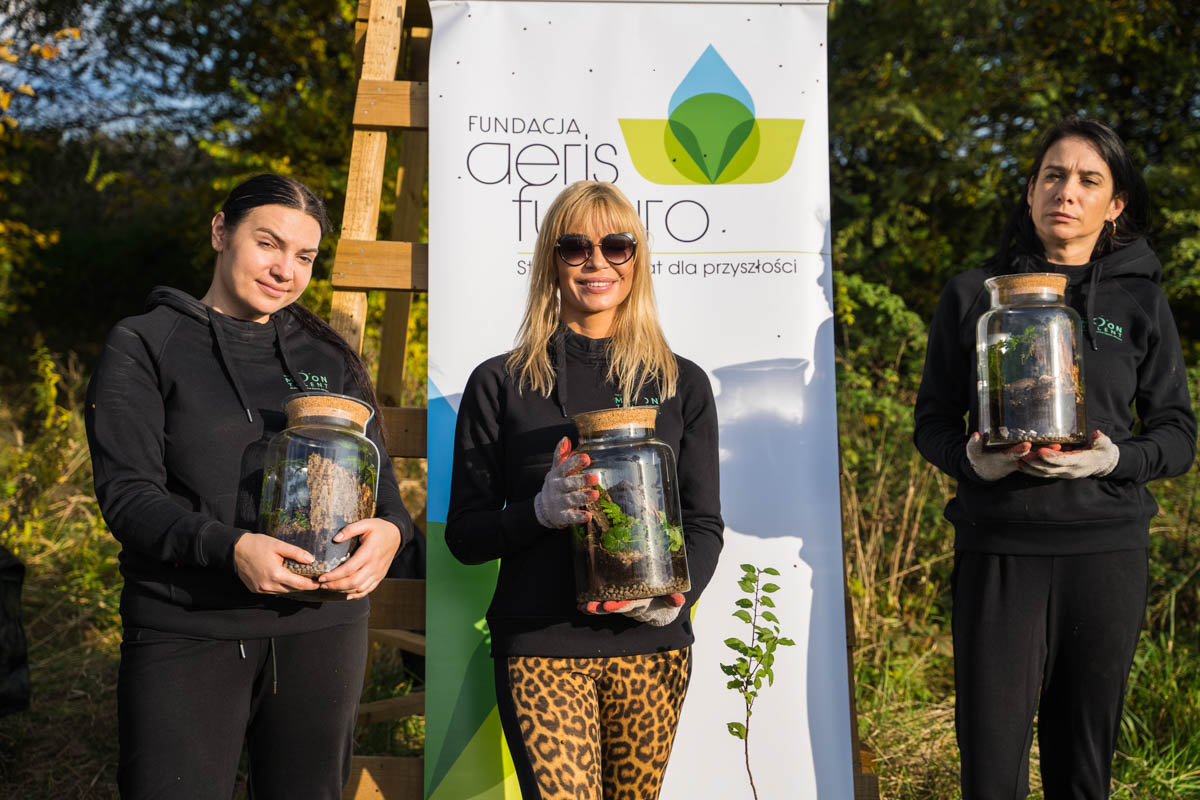 We would like to thank New Moon Talent for its contribution to the restoration of the environment in the form of five hundred trees that we were able to plant together as part of the TIME FOR LAS project
We would like to thank New Moon Talent for its contribution to the restoration of the environment in the form of five hundred trees that we were able to plant together as part of the TIME FOR LAS project




